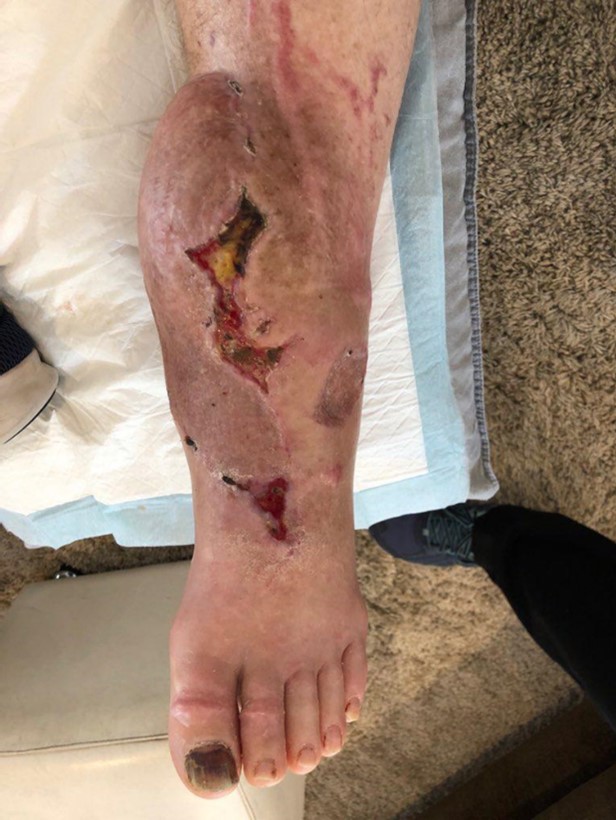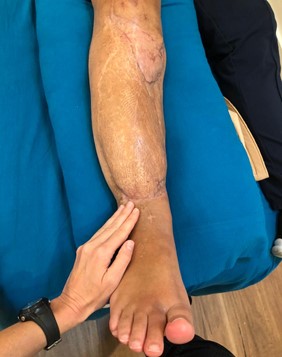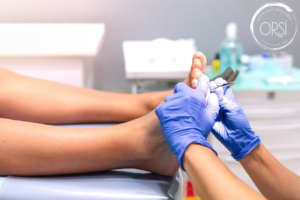Lymphoedema, a chronic accumulation of fluid resulting in swelling of a body part, is usually classified as either primary or secondary. Primary lymphoedema is a genetic condition, whereas secondary lymphoedema develops as a result of some form of damage to the lymphatic system. The damage is typically acquired through:
- cancer treatment (removal of lymph nodes, radiation and some chemotherapy drugs)
- infection
- trauma
What is trauma-related lymphoedema?
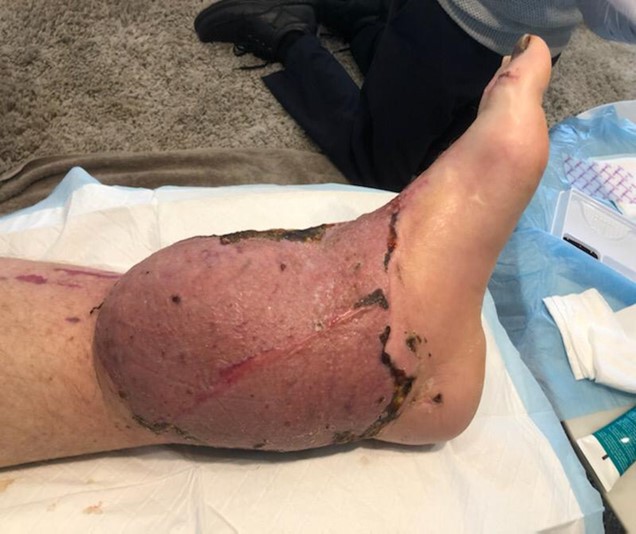
Trauma-related lymphoedema can occur as a result of an often complex injury, for example a motor vehicle accident, during which multiple structures may be damaged. The damage can include:
- broken bones
- torn skin
- injured muscles and soft tissue
- damaged nerves
- injured blood vessels
- damaged lymphatic structures (i.e.: lymphatic vessels or lymph nodes)
Damage to the lymphatic structures from trauma that results in persistent swelling is referred to as trauma-related lymphoedema. It is estimated that 20% of limbs affected by trauma will develop persistent oedema.
Is treatment for trauma-related lymphoedema different to other forms of lymphoedema?
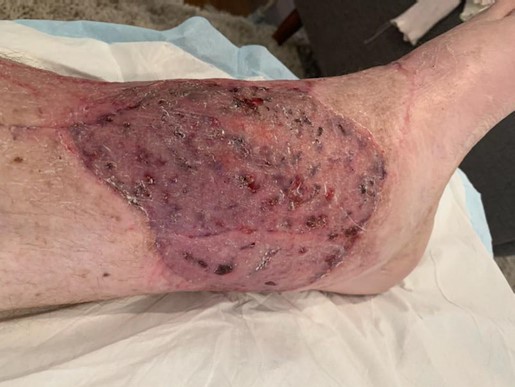
The goal of treatment for all forms of lymphoedema is to minimise the swelling and maintain optimal function of the affected body part. People with trauma-related lymphoedema may have undergone multiple complex surgeries including reconstruction using bone, muscle, skin and blood vessel grafts. The aim of these surgeries is to restore best possible function to the injured limb, however, the local lymphatic system can be severely damaged as a result. In addition, issues such as delayed or poor fracture healing, wound complications and excessive scarring can prolong or complicate the recovery. Trauma-related lymphoedema treatment, therefore, is often more complex and requires intensive and long-term lymphoedema management.
What is the impact of scarring on trauma-related lymphoedema?
Scar formation is a natural process that occurs when large or deep wounds have been inflected to the tissues. Since scar tissue contains less elastin than normal skin, scar tissue is more rigid and tends to be raised above the skin surface with a higher production of fibrotic or hard tissue. Tissue contractures may develop, which can cause pain and limit movement.
Scar tissue can disrupt the flow of the lymphatic fluid in the affected area. This can result in increased fluid build-up and swelling in the tissues. To assist with swelling reduction, it is advised to address the scar tissue tightness, especially when multiple or severe scars are present.
Why is early management of trauma-related lymphoedema important?
The continuous flow of lymphatic fluid supports the regulation of bone formation and remodelling. Disruption of the lymphatic flow due to trauma can result in chronic accumulation of lymph fluid and compromise bone healing after fractures. In addition, the presence of chronic oedema can delay wound healing and increase the risk of tissue infection. Early management of lymphoedema, therefore, is important to promote bone healing and reduce complications.
Managing trauma-related lymphoedema is usually a complex undertaking, requiring a multidisciplinary collaboration with the surgical and nursing team to provide best treatment outcomes.
The role of the specialist physiotherapist includes:
- reducing swelling
- reducing scarring and tissue thickening/fibrosis
- improving mobility and function of the affected limb or body part
- optimising activities of daily living
A specialist physiotherapist can not only assist with the process of recovery after surgery but also with the long-term management of trauma-related lymphoedema.
Trauma-related lymphoedema: A case study
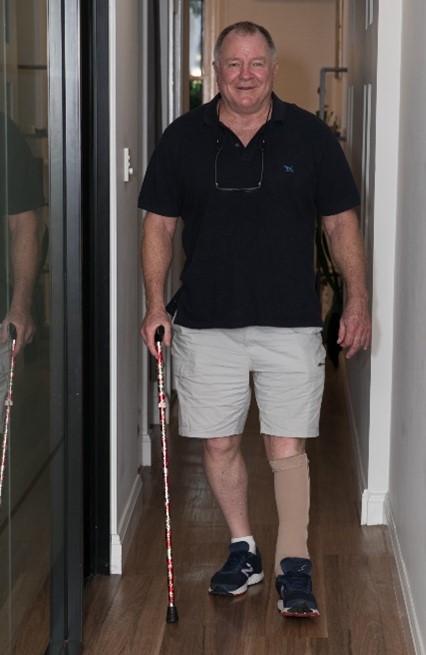
Ian is a 66-year-old gentleman who was a victim of a motorcycle accident and almost lost his left lower leg. After many surgeries to restore the bone, including grafting a large piece of muscle form his back to his lower leg, Ian managed to avoid amputation. He presented to our clinic on the recommendation of his medical team who noticed the stubborn swelling across his ankle and lower leg. Endless hours in the hydrotherapy pool, the gym, and weekly visits to us for manual lymphatic drainage, scar treatment and prescription of compression stockings, Ian is back on his bike, enjoying life to the fullest.
Click here to watch Ian tell his remarkable story of recovery.
Written by Orsi Kokai and Catalina Llanos
